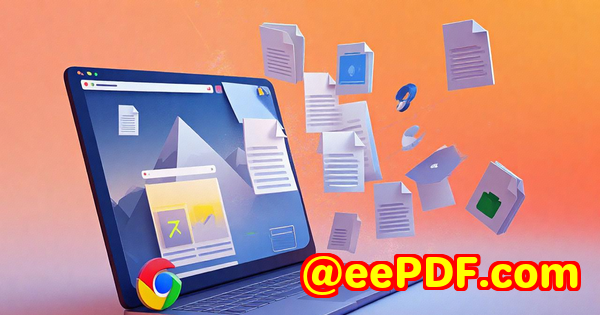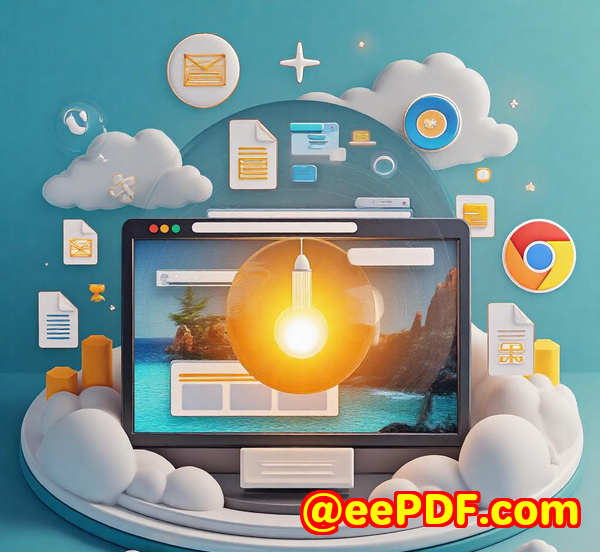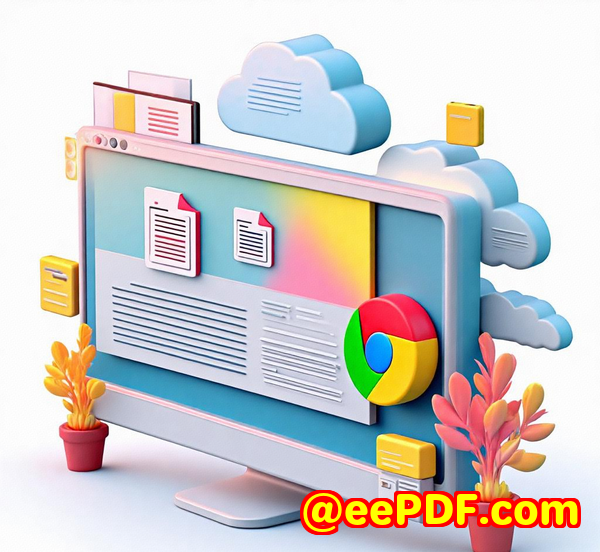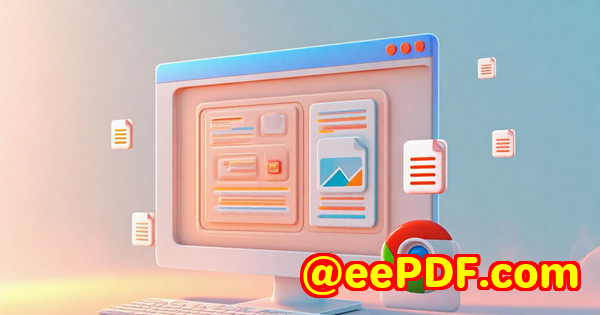Convert Google Drive Documents to PDF in Seconds with imPDF Any File to PDF API
Convert Google Drive Documents to PDF in Seconds with imPDF Any File to PDF API
Meta Description:
Convert Google Drive files to PDF instantly using the imPDF Any File to PDF API the easiest way to automate document handling and save hours.

Every time a client shared a Google Doc, I'd groan inside.
Why?
Because downloading, formatting, converting, and archiving those files manually was a nightmare.
My workflow was a mess juggling Google Drive links, exporting to Word, converting to PDF, then renaming and storing them in the right place.
Multiply that by 30+ clients a week and you'll get why I was drowning in admin hell.
I needed something simple. Fast. And developer-friendly.
That's when I stumbled across imPDF's Any File to PDF API a part of their powerhouse suite of imPDF PDF REST APIs for Developers.
Let me walk you through what it did for me and why I now consider it one of my secret weapons for document handling.
What the imPDF Any File to PDF API Actually Does
In short?
It takes any document literally anything and converts it into a clean, compressed, professional-looking PDF.
I'm talking about:
-
Google Docs
-
Word files
-
Excel sheets
-
PowerPoints
-
HTML pages
-
Emails
-
Images
-
Plain text
The API accepts almost any file format. You send a request to the endpoint with your file, and boom back comes a downloadable PDF.
No UI. No middle steps. Just code + output.
Perfect for devs. Even better for businesses that don't want to babysit file conversions all day.
How I Set It Up in Less Than an Hour
I'll be real I expected it to take me half a day to integrate this into my Node.js app.
But it didn't.
Here's how it played out:
-
I jumped into the API Lab on the imPDF site.
The UI is slick you upload a file, pick settings, hit submit and the API does its thing. Live test, no code needed.
-
I grabbed the auto-generated code sample (in my case, Node.js with Axios).
Pasted it into my script, added my API key, and tested with a Google Docs file I exported.
-
I got a working PDF conversion in less than 5 minutes.
Then I batch-processed 100 Google Docs from client folders using their "Any File to PDF API" in a loop.
No rate limits. No crashes. Just solid output.
Features That Actually Made My Life Easier
These are the 3 standout features that I think most developers and digital teams will genuinely benefit from.
1. Universal Format Support
You don't need to worry about the input filetype. The API just handles it.
-
DOCX?
-
XLSX?
-
TXT?
-
JPEG?
-
HTML?
Whatever my clients threw at me, this tool caught it and returned a polished PDF.
I even tested it on messy email exports and funky newsletter drafts. Still worked.
2. Cloud-Based = Zero Infrastructure Drama
This is huge for startups and solo devs.
I didn't have to install a library. I didn't need a VM. No PDF printer hacks. No complex CLI tools.
Just a REST endpoint.
I connected it via Postman, ran some quick scenarios, and plugged it into my app backend.
Minimal maintenance. Maximum results.
3. Instant Validation Before You Write Code
Their "API Lab" lets you test conversion logic before you touch a line of code.
That's rare.
I used it to:
-
Check how merged PDFs would look
-
Preview output of converted email threads
-
Test file size compression outcomes
That saved me a ton of back-and-forth.
Use Cases That Are Way Bigger Than Just Me
While I started using this to convert Google Drive documents to PDF for my consulting work, this tool fits dozens of other use cases.
Legal teams
Automatically archive client-submitted Word docs and scan formats into secure, non-editable PDFs.
Finance
Convert Excel reports into password-protected PDFs to share with stakeholders.
Education platforms
Take student-submitted assignments (in random formats) and convert them to a uniform PDF layout.
SaaS devs
Embed the Any File to PDF API into client portals to auto-generate invoices, receipts, or filled-out templates.
HR
Convert candidate resumes, cover letters, and forms into unified PDF bundles.
If your team handles more than 10 files a day from different sources, you're probably wasting time on file cleanup that this tool could automate in seconds.
Why I Dropped Other Tools
Before imPDF, I'd tried:
-
Zapier + Google Drive + PDF.co = inconsistent
-
Adobe's cloud tools = expensive + limited automation
-
Wkhtmltopdf = great for HTML only
-
Custom Node packages = tons of dependencies
imPDF just works.
And their entire PDF REST API suite is loaded with extra tools I'm now playing with:
-
Merge PDFs
-
Watermarking
-
Form-filling
-
OCR
-
Web-to-PDF
-
Slideshow creator (I used this for a client's webinar deck next-level cool)
The pricing's solid, and their dev docs are actually readable. That's rare.
TL;DR Is This Worth It?
If you ever get sent files in bulk, or need to automate any kind of document-to-PDF conversion, the imPDF Any File to PDF API is hands-down the easiest way to do it.
It's:
-
Fast
-
Stable
-
Stupid-simple to integrate
-
And priced way better than most bloated SaaS PDF tools
I'd recommend this to any dev, operations team, or business that deals with files from different platforms.
You'll save time. You'll cut back manual labour. And you'll never look back.
Try it for free here: https://impdf.com/
Custom Development by imPDF.com Inc.
Need something more tailored?
imPDF.com Inc. offers custom development services for Windows, Linux, macOS, iOS, Android, and cloud platforms.
Whether you're looking for:
-
PDF printer drivers
-
Document conversion pipelines
-
API hooks to capture print jobs
-
OCR workflows
-
Barcode recognition
-
Layout parsing
-
Secure document storage
-
Font management
-
DRM protection
-
Web-to-PDF or HTML5 rendering tools
They've got the chops to build it.
From Windows API interception to advanced OCR on scanned tables if it touches documents, they've likely built a tool for it.
If you've got a project and need something beyond the basic SDKs, reach out via https://support.verypdf.com/
FAQ
How do I convert Google Drive documents to PDF using this API?
First, download or export the file using Google Drive's export function. Then, upload it to the Any File to PDF API. You'll receive a clean PDF in seconds.
Can I batch convert multiple files at once?
Yes just script it. Loop through your file list and send multiple API requests. The API handles it smoothly.
Is the imPDF API secure for sensitive documents?
Absolutely. All communications use HTTPS, and files aren't stored after processing. You can also add encryption or DRM using their PDF security APIs.
Does it support converting files from a URL?
Yes, some endpoints accept URLs as input. You can point it to a hosted file or a web page for conversion.
What file formats are supported?
Too many to list, but the major ones include DOCX, XLSX, PPTX, TXT, HTML, JPEG, PNG, and more. It even handles weird formats like EML and RTF.
Tags / Keywords
-
Convert Google Drive documents to PDF
-
Any File to PDF API
-
imPDF PDF REST APIs
-
Automate document conversion
-
Cloud PDF API for developers



